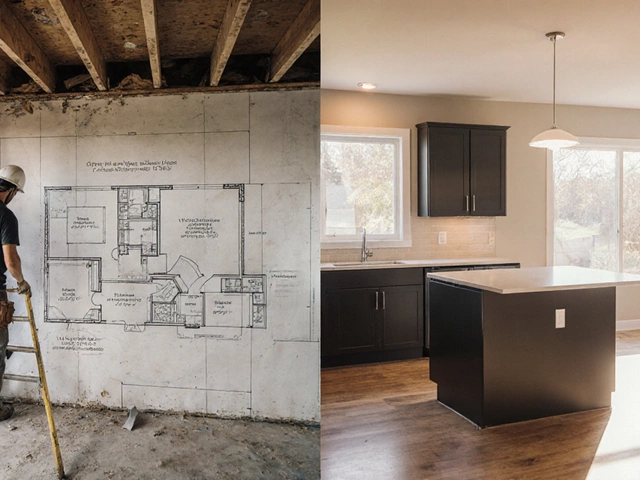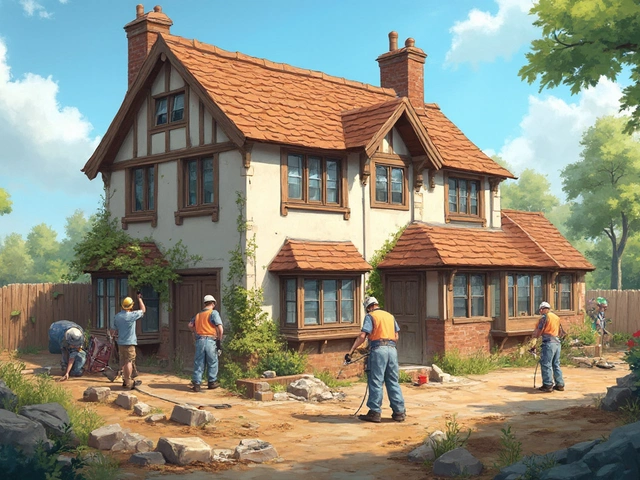Design Framework Essentials for Construction Projects
Ever feel like your building project is missing a clear roadmap? A design framework is the cheat‑sheet that turns chaos into order. It’s a simple set of rules, diagrams, and checkpoints that guide every decision from the first sketch to the final nail.
What a Design Framework Actually Is
Think of a design framework as a skeleton for your project. It outlines the key parts – site analysis, structural layout, material selection, and cost control – and shows how they fit together. Instead of guessing at each step, you follow a proven path that keeps everyone on the same page.
In practical terms, the framework starts with a brief: Who’s the client? What’s the budget? What deadlines are non‑negotiable? From there you create a flowchart that spells out each phase. For example, before you start a dry fit kitchen you’d confirm measurements, plumbing rough‑in, and cabinet layout. Skipping that step often leads to costly rework later.
Why Builders and Designers Swear by It
First, it cuts waste. When the framework flags potential issues early – like a foundation that might need the 345 rule check – you avoid ordering the wrong stone or re‑excavating later. Second, it builds confidence with clients. Showing a clear roadmap reassures them that the project won’t derail into endless change orders.
Third, it makes teamwork smoother. Architects, engineers, and contractors all reference the same document, so miscommunication drops dramatically. Even when you’re dealing with a new build that could develop mold, the framework forces you to schedule moisture testing and proper ventilation before walls go up.
Finally, a good framework helps you stay on budget. By breaking the job into bite‑size chunks, you can compare actual spend against the plan at each milestone. If the roofing crew starts charging per square higher than expected, you’ll spot it early and renegotiate before the money disappears.
To make your own framework, start with these five steps:
- Define goals. List the must‑haves (size, style, performance) and nice‑to‑haves (energy rating, extra storage).
- Map the workflow. Sketch a simple flowchart: design → approvals → procurement → construction → handover.
- Set checkpoints. Add reviews after the foundation, after the dry‑fit stage, and before final finishes.
- Assign owners. Who signs off on each checkpoint? Make it clear – the structural engineer signs the foundation, the interior designer signs the kitchen layout.
- Track costs. Use a spreadsheet or cheap project‑management app to log budget vs. actual at every checkpoint.
When you follow this structure, even a tricky project like a type 5 building with wood framing becomes manageable. You’ll know when fire‑rating checks are due and when to schedule safety inspections.
Remember, the framework isn’t a lock‑in. If a surprise settlement shows up after 20 years, you can loop back to the relevant checkpoint, assess the cause, and plan remediation without overhauling the whole plan.
Bottom line: a design framework is the low‑tech, high‑impact tool that keeps construction projects on track. Grab a whiteboard, sketch the flow, and watch the chaos turn into a smooth, predictable build.
Service Architecture: A Practical Example

Service architecture serves as the blueprint for how various components within a system interact and communicate. It's crucial in ensuring seamless integration and functionality across services. This article explores an example of service architecture, delving into its components and benefits. Readers will gain insights into how this strategic framework can enhance system efficiency while offering tips for its successful implementation.
read more



